Comet Harpoon
NASA scientists are testing a harpoon that could bring back samples from comets.

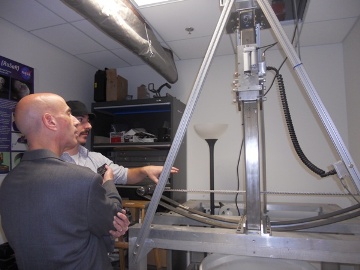
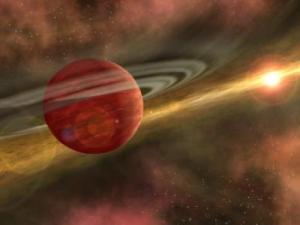
An enormous planet, orbiting a star at a tremendous distance, challenges theories of planet formation.
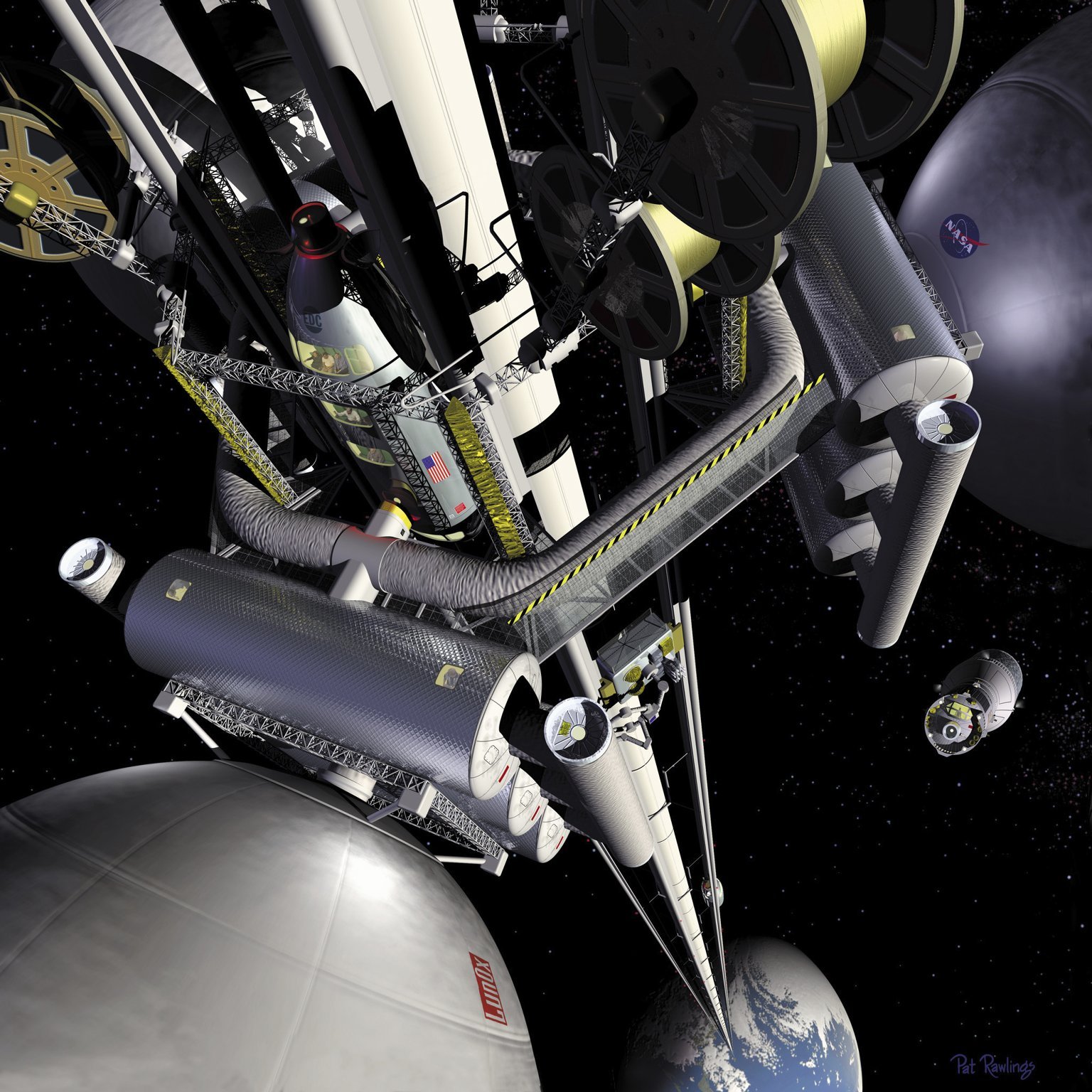
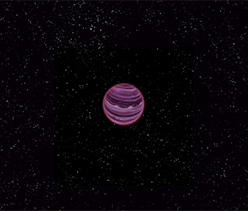
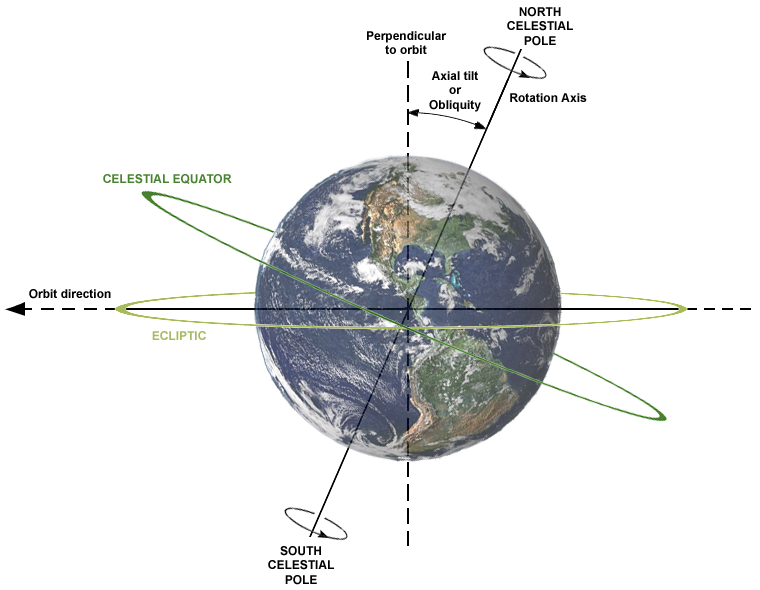

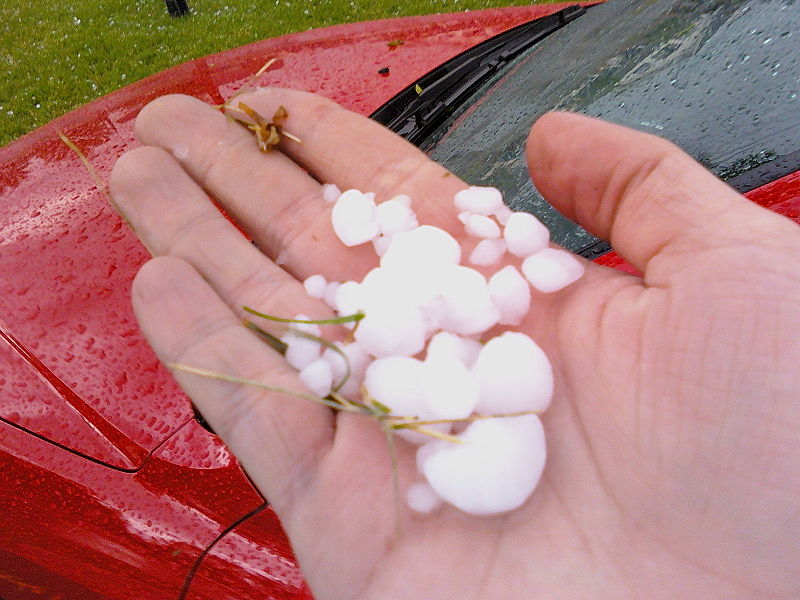
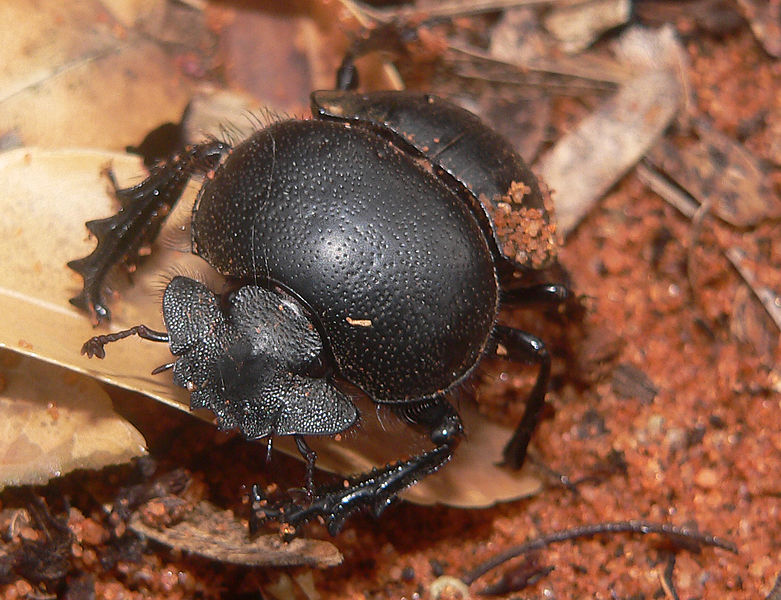
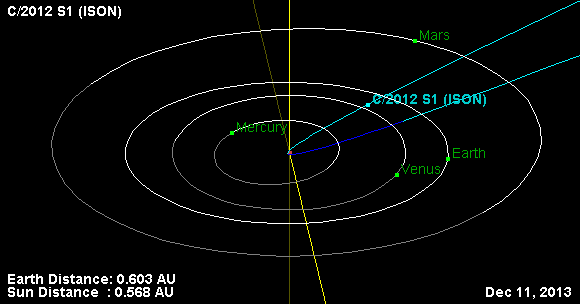
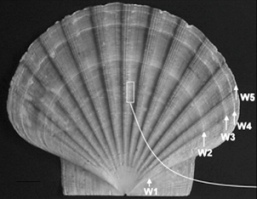
THE CHANGING ENVIRONMENT - What a scallop's cough can tell us about environmental health, how melting Arctic ice may have caused the earth's last big freeze, and why climate change may have undone the Maya empire. Also: using weather forecasting techniques to predict flu outbreaks, and revisiting the apocalypse myth surrounding the fictional planet Nibiru.

ARE YOU WREN ENOUGH? Why fairy wrens require their babies to show ID, how coral reefs ask for help, and how one microscopic animal patches itself up with borrowed genes. Also: Host Bob Hirshon went down to NASA Headquarters to report on the discovery of water on the planet Mercury.
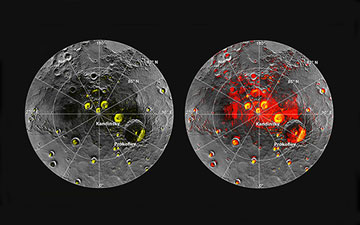

Radar data, along with highly coordinated observations, has solved a disappearing-butterfly mystery.
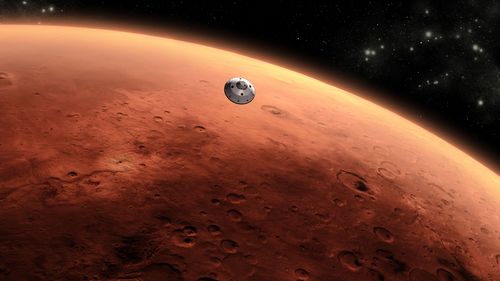
An analysis of meteorites suggests that the Martian interior contains much more water than previously suspected.
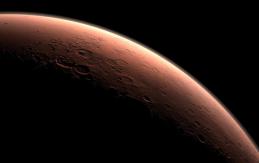
OUR SOLAR SYSTEM - Scientists discover organic carbon in meteorites from Mars and take a new look at the asteroid Vesta. Also: zebrafish meet their robotic overlords, and someone finally invents a blind-spot-free side-view mirror.
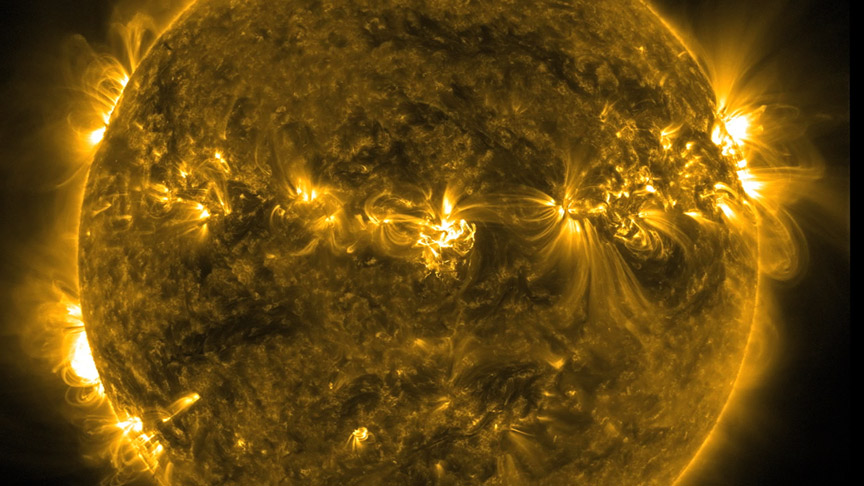
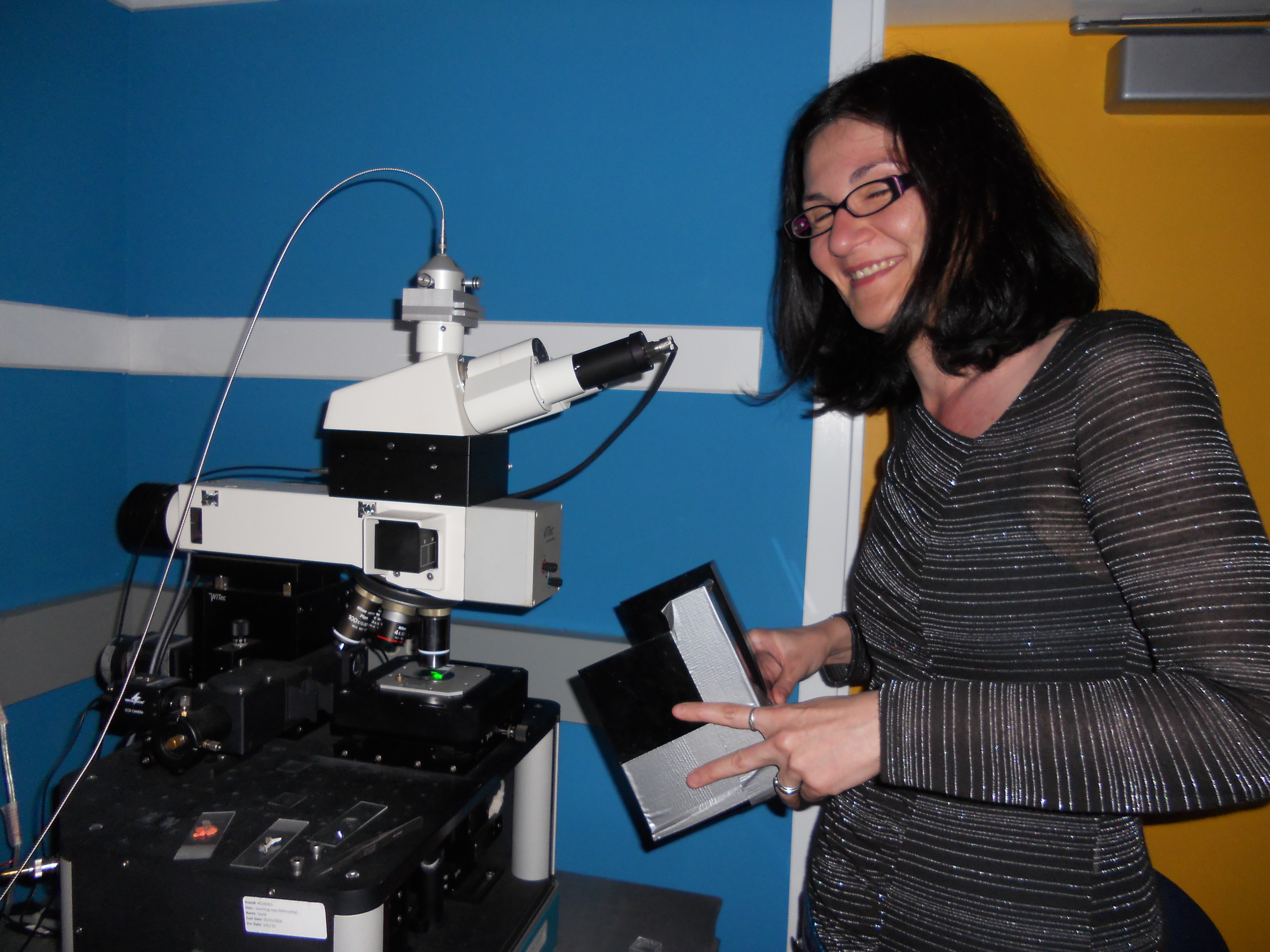
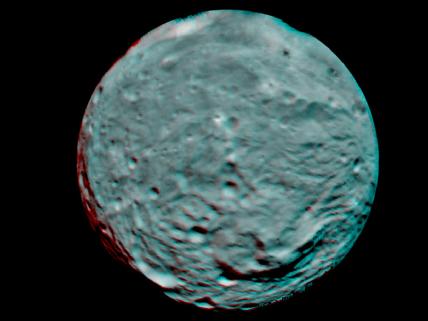
The asteroid belt between Mars and Jupiter contains an embryonic planet in arrested development.

Under some circumstances, planets could be thrown out of the galaxy at tremendous speed.
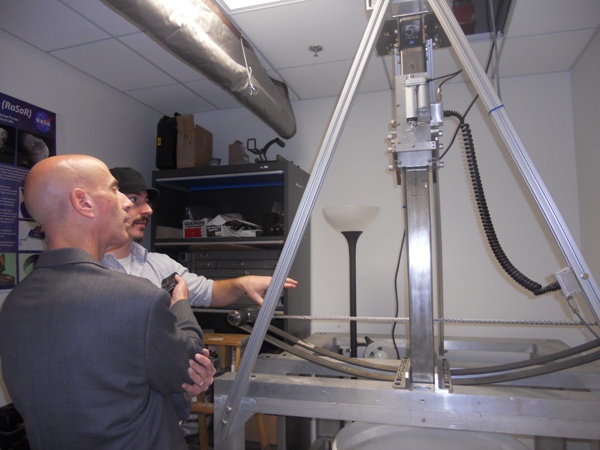
Why some planets are on the run. How to harpoon a comet. And counting penguins from space.
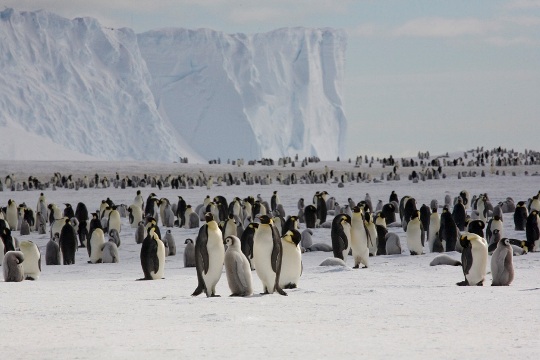
Researchers have estimated the total number of Emperor Penguins in Antarctica using satellite images.

CHEMISTRY & LIFE - What 2-billion-year-old raindrop fossils can tell us about conditions on the early earth. What science is revealing about the artwork of Leonardo da Vinci and Vincent Van Gogh. And a breakthrough in materials science technology yields plastic that can repair itself.

